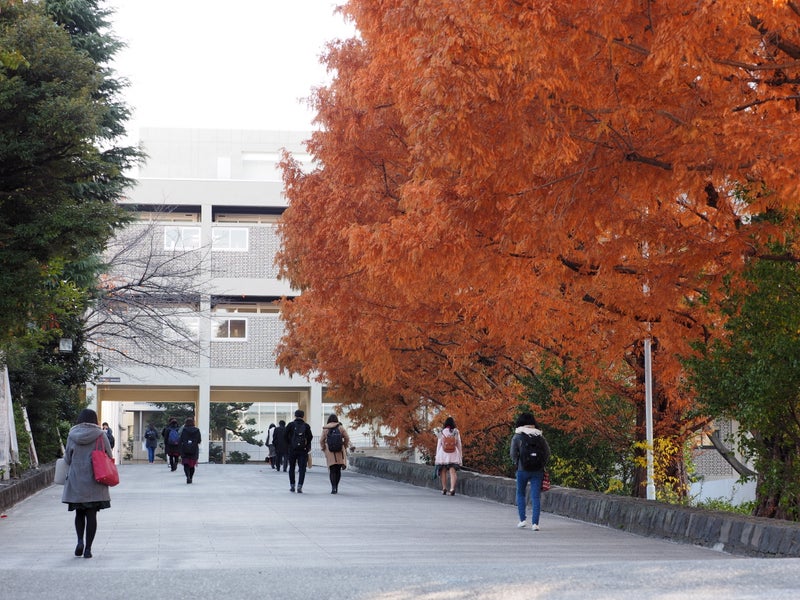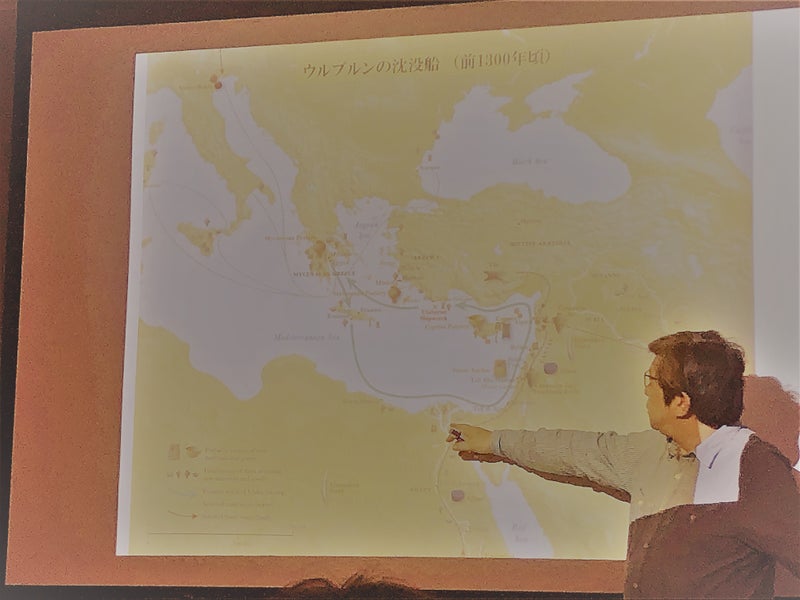(31)今回ご紹介するのは・・・
(31) This time, I'd like to introduce...
「考古調査士」取得体験記 その7 (火山灰編年学)
Archaeological Surveyor Part 7 (Volcanic Ash Archeology)
担当はS先生(火山灰考古学のスペシャリスト)
The class was taught by Dr. S., a specialist in volcanic ash archaeology.
授業は、火山灰考古学として、以下の三点が主な内容
The following three points are the main contents of the class as volcanic ash archaeology
1,火山灰編年学(テフロクロノロジー)を使った遺跡等の年代特定
2,噴火による被災過程や後の復旧など人々の行動と時代背景
3,火山灰を石材や建材として利用した歴史
1. Determining the age of archaeological sites using volcanic ash chronology (tephrochronology).
2. The process of damage caused by volcanic eruptions, and the historical background of people's actions such as restoration afterwards
3. History of the use of volcanic ash as stone and
building materials
桜島のストロンボリ式噴火
火山灰編年学では最初に
1,火山噴出物の種類と特徴
2,火山灰の堆積様式(降下・落下・火砕密度流)
3,二次的な岩屑なだれ・火山泥流
4,マグマの珪酸含有率に基づく分類
5,火山噴火のいろいろ(マグマ噴火・マグマ水蒸気噴火・水蒸気噴火)
6,火山噴火の規模と様式(ストロンボリ・ブルカノ・プリニー・ウルトラプリニーなど)
を写真や顕微鏡を使って確認しました。
The first step in volcanic ash chronology is
1. Types and characteristics of volcanic ejecta
2、Deposition of volcanic ash (fallout, fallout, pyroclastic density flow)
3、Secondary debris avalanches and volcanic mudflows
4,Classification of magma based on its silicic acid content
5, Various types of volcanic eruptions (magmatic eruption, magmatic phreatomagmatic eruption, phreatic eruption)
6. Scale and style of volcanic eruptions (Stromboli, Vulcano, Pliny, Ultrapliny, etc.)
Using photographs and microscopes, we confirmed the following

25000年前に巨大噴火を起こした姶良カルデラ(中央は桜島)
そして、
1,日本の噴火史の中で25000年前の鹿児島県の姶良カルデラ噴火による入戸火砕流・7300年前の鹿児島県鬼界カルデラ噴火による幸屋火砕流とアカホヤ火山灰・AC500年代初頭の群馬県の榛名山二ッ岳噴火による渋川テフラ(火山砕石物・主に火砕流)・同じくAC500年代中葉の榛名山二ッ岳噴火による伊香保テフラ(主に大量の軽石)などの一次(直接積もった))堆積層は、地層ごとの年代の前後を判別する鍵層となっていること。
And
In the history of volcanic eruptions in Japan, we have seen the ITo pyroclastic flow from the Aira caldera eruption in Kagoshima Prefecture 25,000 years ago, the Koya pyroclastic flow and Akahoya volcanic ash from the Aira caldera eruption in Kagoshima Prefecture 7,300 years ago, the Shibukawa tephra (volcaniclastic material, mainly pyroclastic flow) from the Mt.Haruna (volcanic lithic material, mainly pyroclastic flows), and the Ikaho tephra (mainly large amounts of pumice) from the eruption of Mt.Haruna.

2,代表的な鍵層(年代の指標)を見つけることで発掘された遺跡の層位から相対としての埋没年代を明らかにすること。
を学びました。
2、By finding representative key layers (age indicators), the relative age of burial can be determined from the stratigraphic position of the excavated remains.
We learned the following.

AC500年代中葉に軽石等で見没した黒井峯遺跡から榛名山を望む
噴火による被災過程や後の復旧など人々の行動と時代背景については、具体的な例として群馬県の金井東遺跡(甲着装武人)や黒井峯遺跡(日本のポンペイ)を取り上げた発掘写真や時空ダイヤグラムを使っての被災状況の推測などが話され、とても臨場感のある学習ができました。
As for the process of damage caused by the eruption and the restoration afterwards, he talked about people's behavior and the historical background of the eruption, using excavation photos and space-time diagrams of the Kanaihigashi site (armored warrior) and the Kuroimine site (Japanese Pompeii) in Gunma Prefecture as concrete examples to estimate the damage.
S先生の授業は、豊富な映像による臨場感あふれる説明が印象的でした。
また火山灰の編年による考古学への大きな貢献が今後ますます期待される分野であることが感じられるものでした。
Professor S's class was impressive for its realistic explanations using a wealth of images.
I also felt that the field of volcanic ash compilation is expected to make a great contribution to archaeology in the future.
この分野は火山県に生まれた私としてはもっと勉強したい!と強く思ったわずか3回の貴重な授業でした。
As I was born in a volcanic prefecture, I would like to learn more about this field! I strongly felt that I would like to study this field more!
余談ですが、考古調査士コースを受講する有志でS先生を招いた群馬県の鍵層露頭説明会を実施し、実際の姶良カルデラや榛名山噴火などの痕跡(層位やテフラ)を手に取ってつぶさにみることができました。
As a side note, a group of volunteers from the archaeological surveyor course invited Prof. S. to a briefing session on the outcrops of the Key Formation in Gunma Prefecture, where we were able to see the actual traces (stratigraphy and tephra) of the Aira Caldera and Mt.Haruna.
やはり現場体験は必要だなあと感じたところです。
I felt that field experience was necessary.
なお成績評価は、最後の授業のテストで行われました。
Grading was done by a test at the end of the class.
次回は・・・
(必須)埋蔵文化財の保存と活用 のご紹介
Next time...
(Required) Introduction to the Conservation and Utilization of Buried Cultural Properties
*** Translated with www.DeepL.com/Translator (free version) ***









































